-
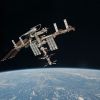 +35 +1
+35 +1Russian ISS cosmonauts dodge coolant leak during spacewalk
Cosmonauts face third coolant leak in less than a year, but the crew and the station are not in any danger
-
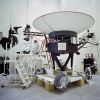 +30 +1
+30 +1NASA wants the Voyagers to age gracefully, so it’s time for a software patch
Around a half-dozen full-timers and a few part-timers are keeping Voyager alive.
-
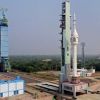 +26 +1
+26 +1Gaganyaan: India launches test flight ahead of sending man into space
The launch was the first in a series of tests ahead of Gaganyaan, India's first manned space mission.
-
 +42 +1
+42 +1More eyes in the sky: NRO building new satellites to deliver ‘10 times more signals and images’
More eyes in the sky: NRO building new satellites to deliver ‘10 times more signals and images’
-
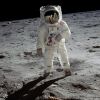 +24 +1
+24 +1Prada to design Nasa's new moon suit
Art meets science as Prada designers help create the spacesuits for the 2025 moon mission.
-
 +37 +1
+37 +1This giant, next-generation satellite is now one of the brightest objects in the night sky
The BlueWalker 3 satellite is massive, but it’s just the tip of the iceberg.
-
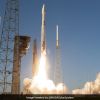 +22 +1
+22 +1NASA's Historic Asteroid Space Probe Set To Return To Earth After 7 Years
NASA's first mission to retrieve an asteroid sample and return it to US is expected to reach a perilous finale on Sunday with a descent into the Utah desert. Scientists hope the material will help understand the formation of solar system.
-
 +14 +1
+14 +117-pound meteorite discovered in Antarctica
Antarctica is a tough place to work, for obvious reasons—it's bitterly cold, remote, and wild. However, it's one of the best places in the world to hunt for meteorites. That's partly because Antarctica is a desert, and its dry climate limits the degree of weathering the meteorites experience.
-
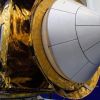 +31 +1
+31 +1Space drugs factory denied reentry to Earth
The Air Force and the FAA denied permission for Varda Space's capsule to return and land on Earth.
-
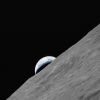 +22 +1
+22 +1Small moonquakes caused by Apollo lunar lander module, study finds
The Apollo 17 lunar lander module left behind by US astronauts on the moon’s surface could be causing moonquakes, or small tremors, a new study revealed.
-
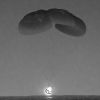 +34 +1
+34 +1SpaceX capsule carrying 4 crew members returns safely to Earth
Giant parachutes eased the SpaceX Dragon capsule during splashdown off the coast of Jacksonville, Florida. The crew included two Americans who spent half a year conducting experiments on the International Space Station.
-
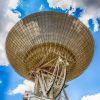 +31 +1
+31 +1NASA officials sound alarm over future of the Deep Space Network
"I'm not sure who thought it was a good idea to put up CubeSats with Artemis I."
-
 +38 +1
+38 +1Hackers shut down 2 of the world's most advanced telescopes
It's unclear exactly what the nature of the cyberattacks were or from where they originated.
-
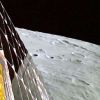 +25 +1
+25 +1India's moon rover confirms sulfur and detects several other elements near the lunar south pole
India’s moon rover has confirmed the presence of sulfur and detected several other elements on the surface near the lunar south pole a week after the country’s historic moon landing.
-
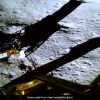 +38 +1
+38 +1First Scientific Data Sent By Chandrayaan-3 From Moon's South Pole
The Indian space agency has obtained the first ever scientific data from the Moon's unexplored South Polar region, marking a major success of its Chandrayaan-3 mission.
-
 +13 +1
+13 +1What would happen if an asteroid hit the Moon?
If a large asteroid impacted the Moon, would it cause problems for us here on Earth?
-
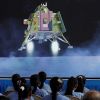 +36 +1
+36 +1India's space ambitions bolstered by historic moon landing | CBC News
Indians already saw their space program as a point of pride even before the historic soft landing near the moon's unexplored south pole Wednesday, but the success of the mission is expected to spark a renewed confidence and increased investment in India's growing space sector.
-
 +32 +1
+32 +1Nerves build as India moon mission prepares to make first successful south pole landing
Chandrayaan-3 moves into prelanding orbit amid failure of Russian mission
-
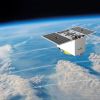 +30 +1
+30 +1New 'AI-brained' Chinese satellite has just been launched
Called "WonderJourney," a new AI-controlled satellite has made orbit to autonomously process Earth-side data in a fraction of the time as regular sats.
-
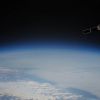 +46 +1
+46 +1Rocket Lab will launch NASA's Earth energy measuring cubesats
The satellites, called PREFIRE, will measure the infrared radiation that enters and leaves the planet using a spectrometer instrument.
Submit a link
Start a discussion




















